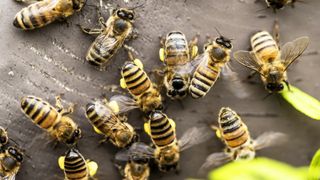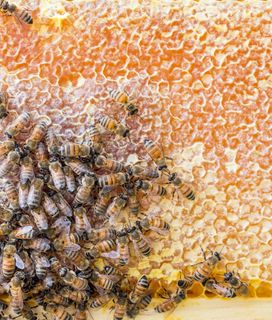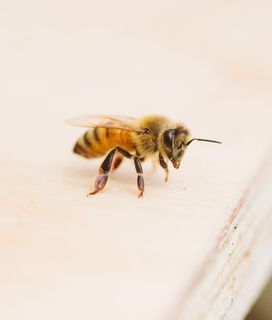HONEYBEES
DIVE INTO THE HIVE
THE WONDERS OF HONEYBEES
A honeybee colony can consist of anywhere from 20,000 to 80,000 bees! What makes them so special and important? Explore below to learn all about honeybees and their almost magical wonders.

LIFE CYCLE
All bee species go through a complete metamorphosis which consists of four distinct stages. Click each stage for more information about the life cycle of a honeybee.
EGG
LARVA
PUPA
ADULT
COLONY STRUCTURE
Honeybees are social insects that live in highly organized colonies. There are three bee types (or castes) within the a colony – the queen, workers and drones. Each of them has special roles that keep the colony functioning.

HOW HONEYBEES MAKE HONEY
Honeybees turn flower nectar into honey, but have you ever wondered how? It's an amazing process that will give you a whole new appreciation for this naturally sweet treat!

ANATOMY
Honeybees are very small (workers are only about 1/2" inch long), but their anatomy is complex and fascinating. Like all insects, they are invertebrates and have exoskeletons. Their body is made up of 3 parts: the head, the thorax and the abdomen. Bees are also covered in small hairs – useful for feeling and pollination.
